I giardini possibili
“The Possible Gardens” aims to create four new parks, four new public spaces that will take shape in the areas of Iglesias, Villamassargia, Domusnovas and Musei. Fifty children from the elementary schools of these towns are the driving force of the project: their dreams and desires shaped the gardens, making them unique.
The project “The Possible Gardens” is intended to foster participation and conscious transformation as an instrument of social cohesion, transmission of good practices, and education about sharing and tolerance: a vehicle of innovation and creativity, especially in rural areas afflicted by isolation, marginality and depopulation.
Thanks to the children’s ideas and collaborations with inhabitants, institutions and associations, peripheral areas became spaces of possibility, and therefore centers to experiment with strategies for sustainable transformation in a territory that is both fragile and wonderful, as is the Sulcis-Iglesiente.
In this process the young students were supported by a relay of artists from all over the world, in particular from countries that have important and consolidated immigrant communities in Sardinia, in order to focus on the complexity of cultural heritage present in Sardinia today.
Between November 2018 and February 2019 The Possible Gardens hosted Apparatus 22, a collective active between Bucharest and Brussels; Yassine Balbzioui, who has already collaborated with Cherimus in projects between Europe and Africa; Tian Dexi, a Paris-based artist, whose practice is based on recycling and reuse of common materials; and Amy Sow, artist and women’s rights activist based in Nouakchott.
At the same time, the ideas and the projects conceived by the children were studied by the architects and engineers of the Progetto Barega, experts in developing sustainable projects attentive to the recovery of the indigenous biodiversity. Progetto Barega also took care of the realization of the gardens as well as the organization of training workshop on the maintenance of the green in collaboration with the Botanical Garden of Cagliari and Fo.Re.STAS.
More than twenty local partners, including associations representing Sulcis immigrants, are engaged in the activation of the gardens through workshops, events, and annual festivals in which the gardens and the children will be the protagonists. The project, written by Cherimus together with the lead association Casa Emmaus, is financed by Fondazione per i bambini.
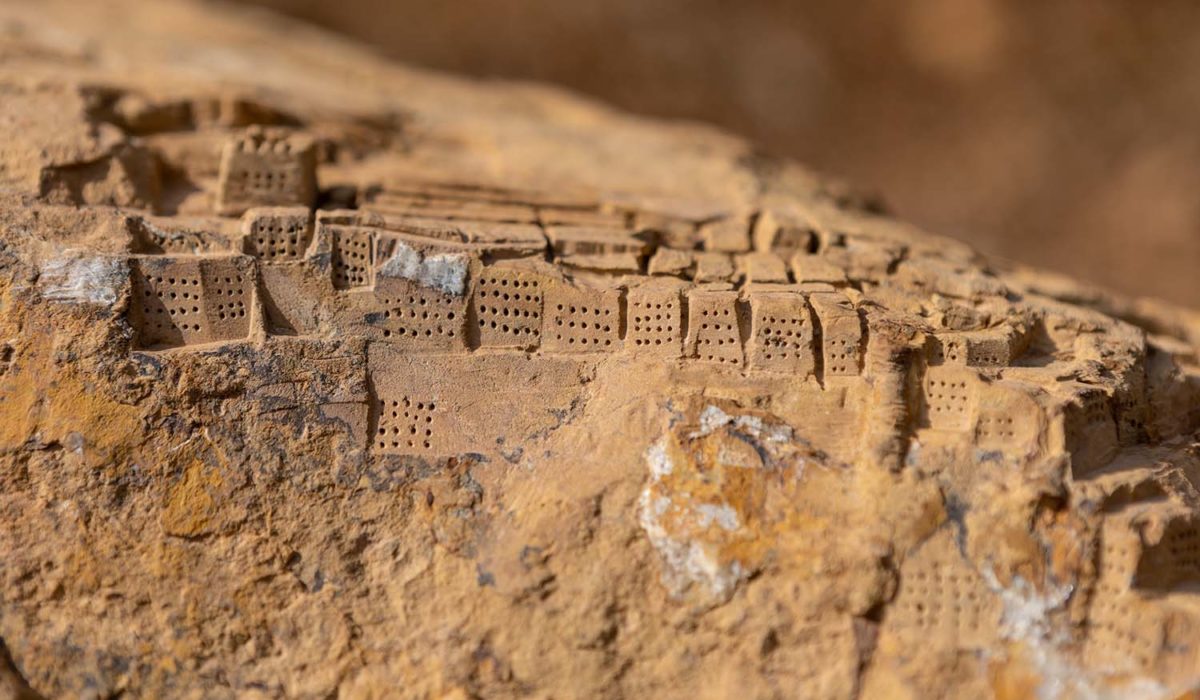
Walking through the gardens
Walking through the new public parks of Iglesias, Musei, Domusnovas and Villamassargia, you’ll now meet monstrous and glittering fountains, cities-antennas of insects suspended on trees, stone maps from which you can let your gaze fly, playing fields with irregular borders…
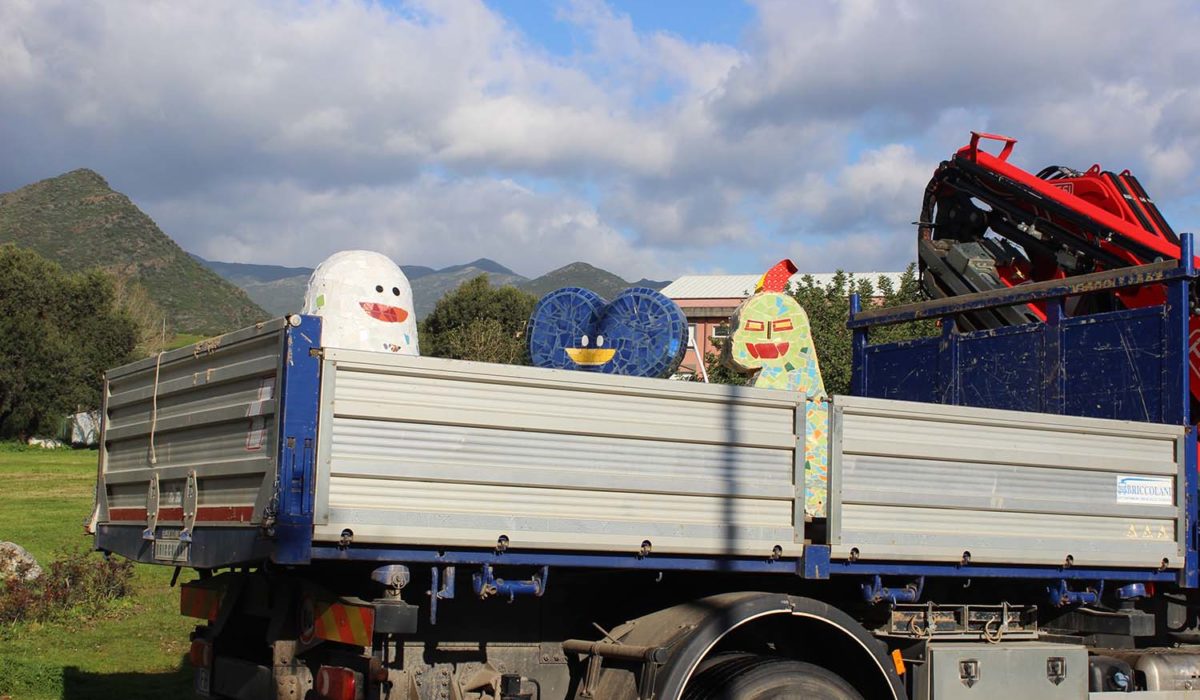
The Making Of
After the series of workshops held by Dragos Olea (Apparatus 22), Yassine Balbzioui, Dexi Tian and Amy Sow, some of the children’s drawings and ideas were developed and to be transformed into viable public space installation for the 4 new…

Workshop#1: Apparatus 22
Dragos Olea of Apparatus 22 arrived in Sulcis on November 11th; it was his first time in Sardinia and his first collaboration with Cherimus. He spent two weeks with us, leading eight workshops in Villamassargia, Domusnovas, Musei, and Iglesias and…
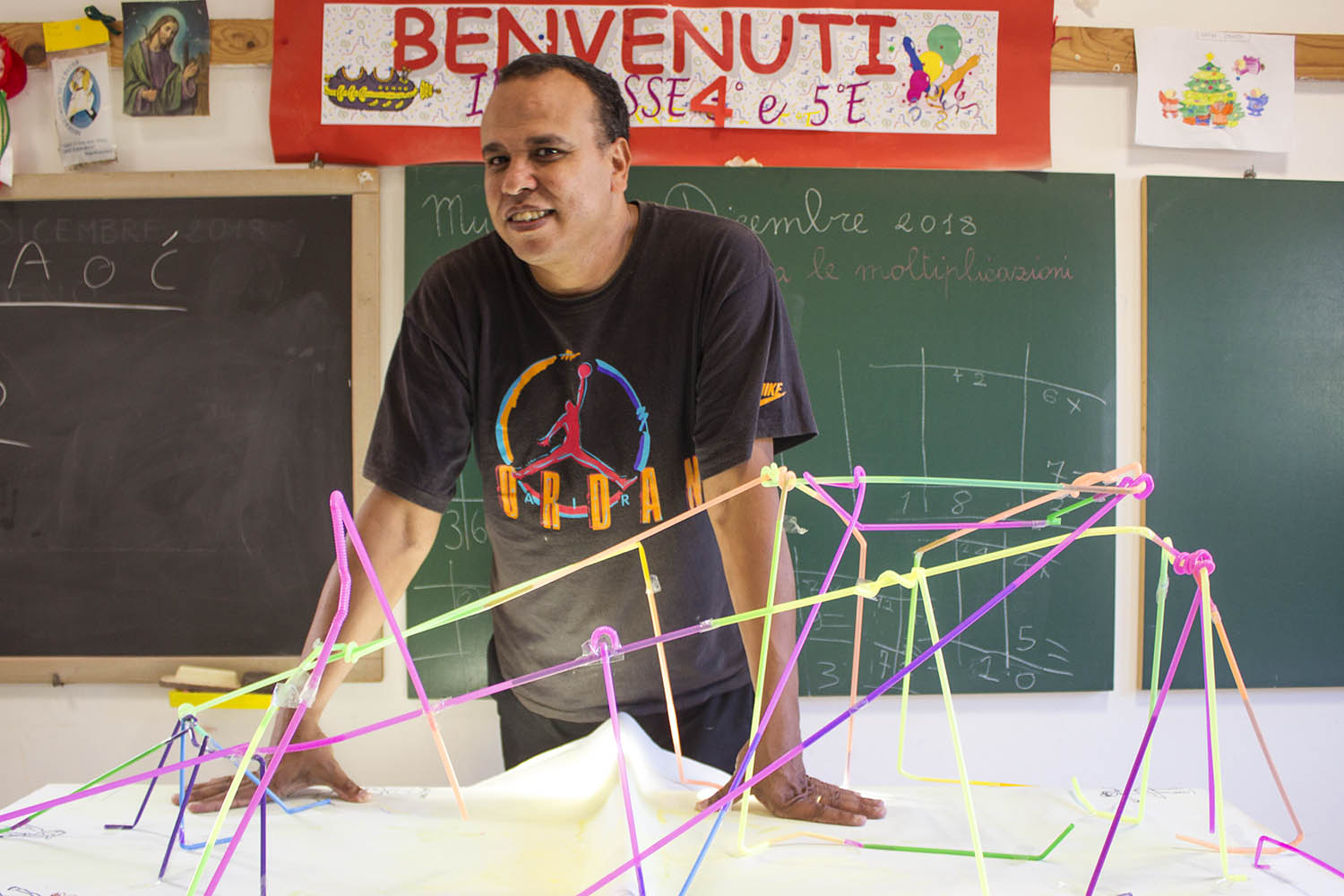
Workshop #2: Yassine Balbzioui
Yassine Balbzioui flew to Sardinia directly from Marseilles where he attended an artist residency at La Friche la Belle de Mai.Yassine already knew Sardinia and Cherimus very well: in 2011 he collaborated on the project Happy April, creating workshops throughout…
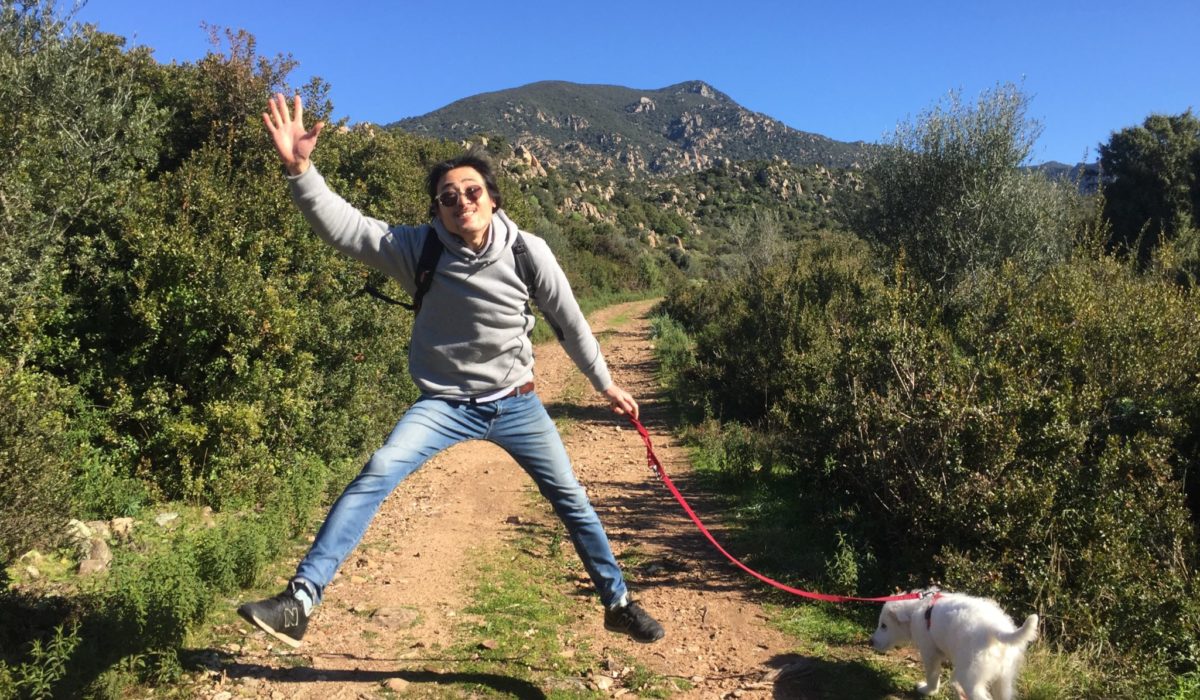
Workshop #3: Dexi Tian
Interview with Dexi Tian (English/French) by Derek MF Di Fabio – It’s funny how some expressions and sounds stick to our minds. In English there is an expression called Earworm, you use to say when you wake up with a…
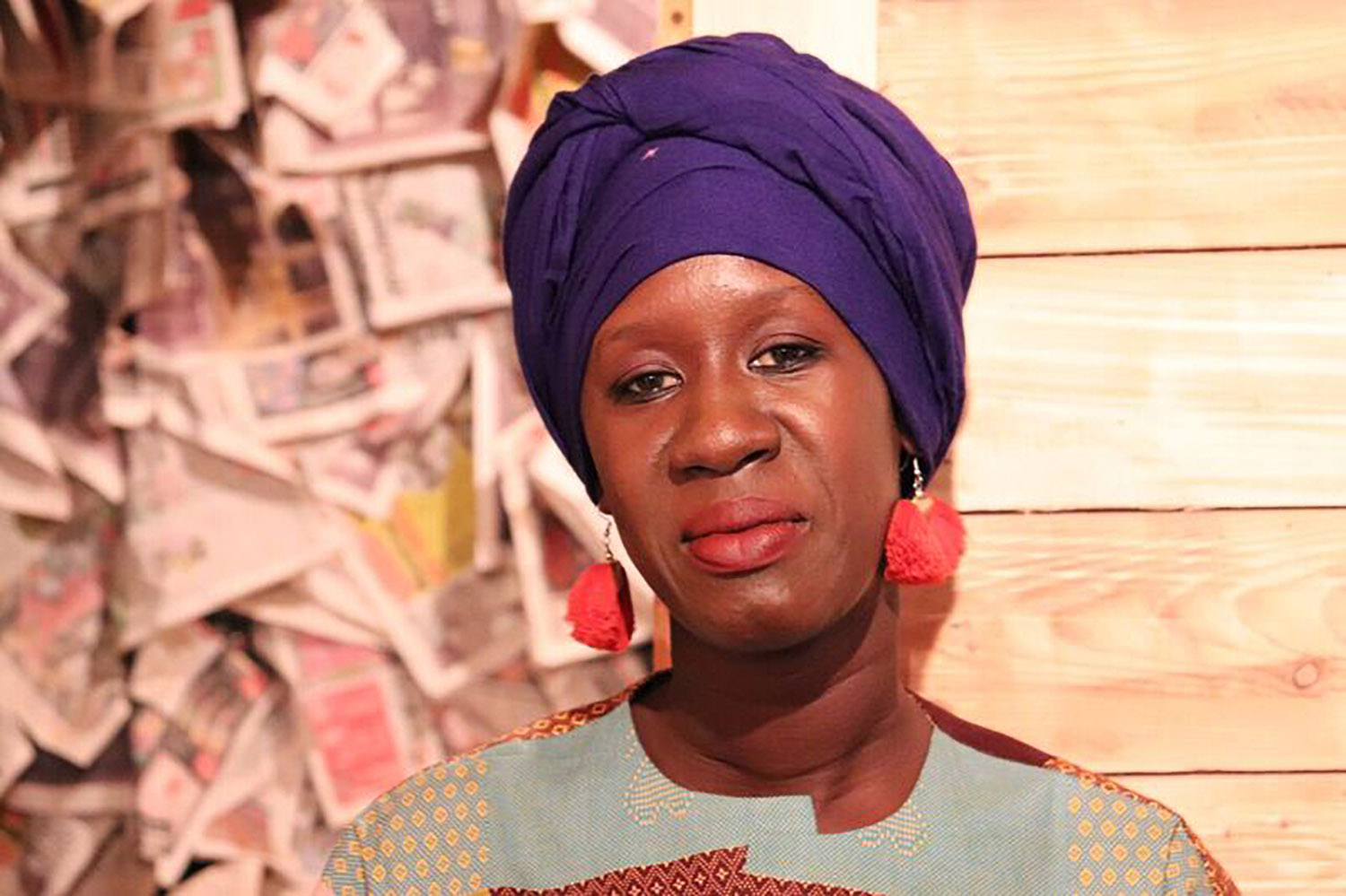
Workshop #4: Amy Sow
Amy Sow, visual artist and activist of Nouakchott, has closed the four-workshop series of the project The Possible Gardens.The story of her commitment to the fight against violence against women, and of the central role that the protection of children…